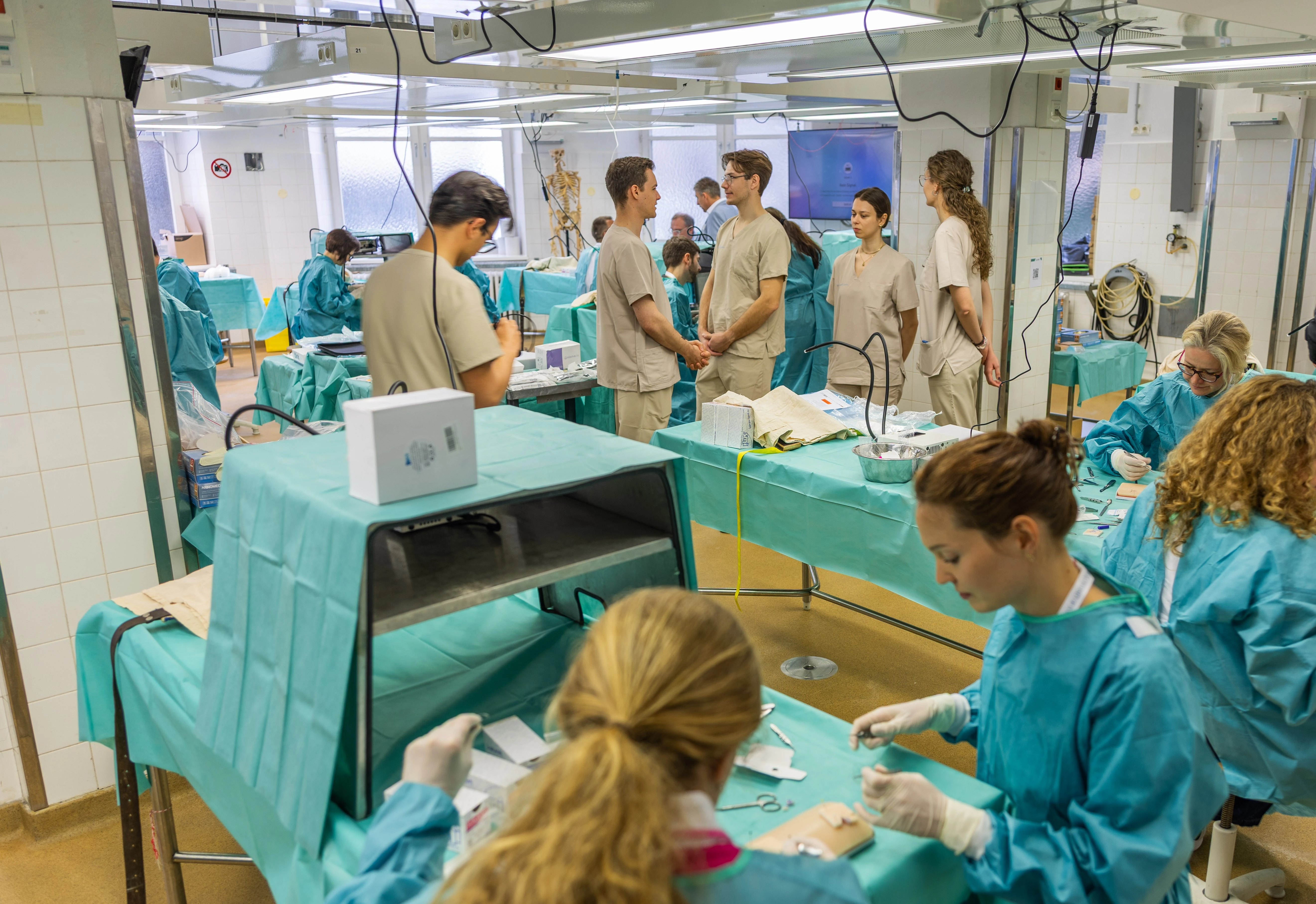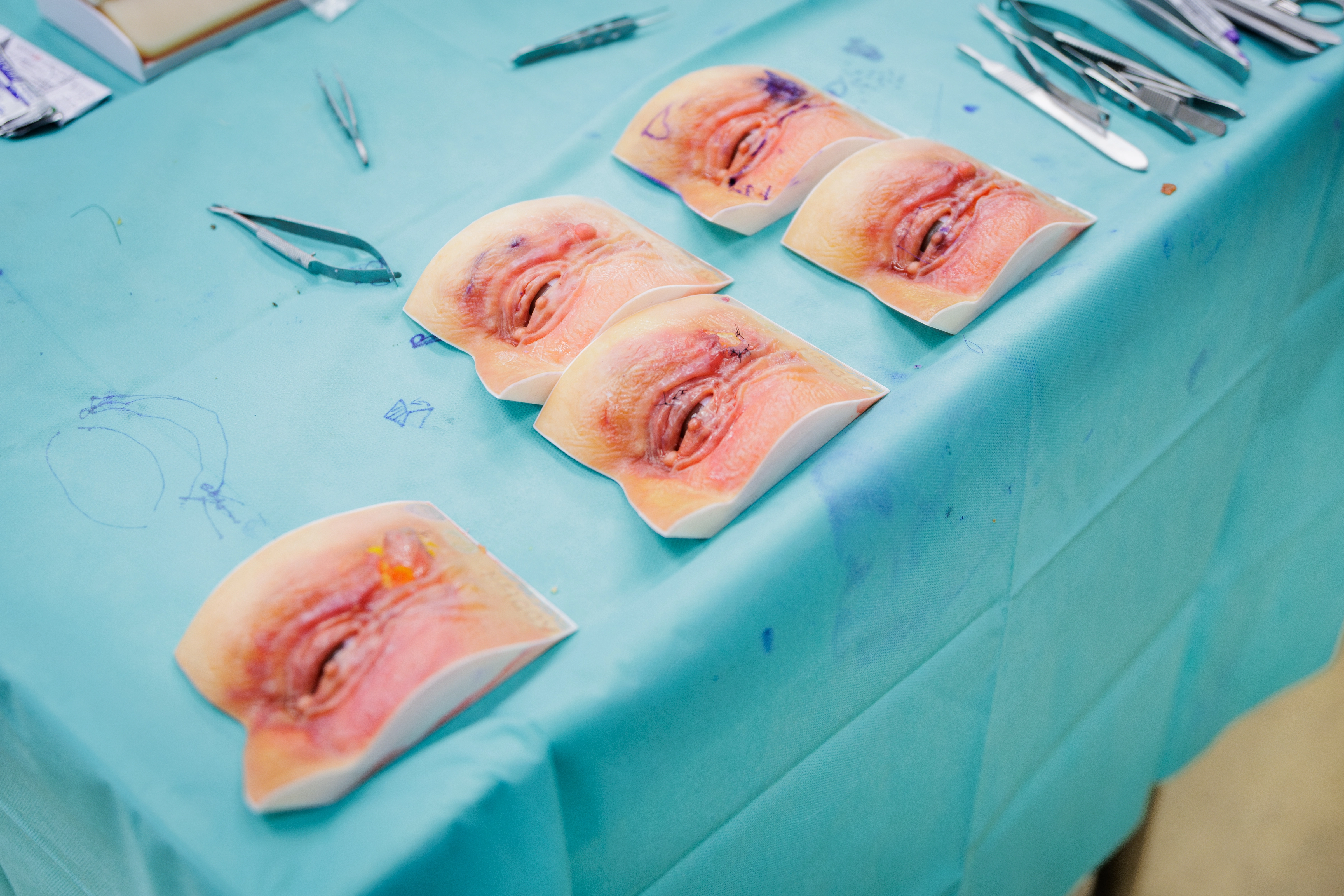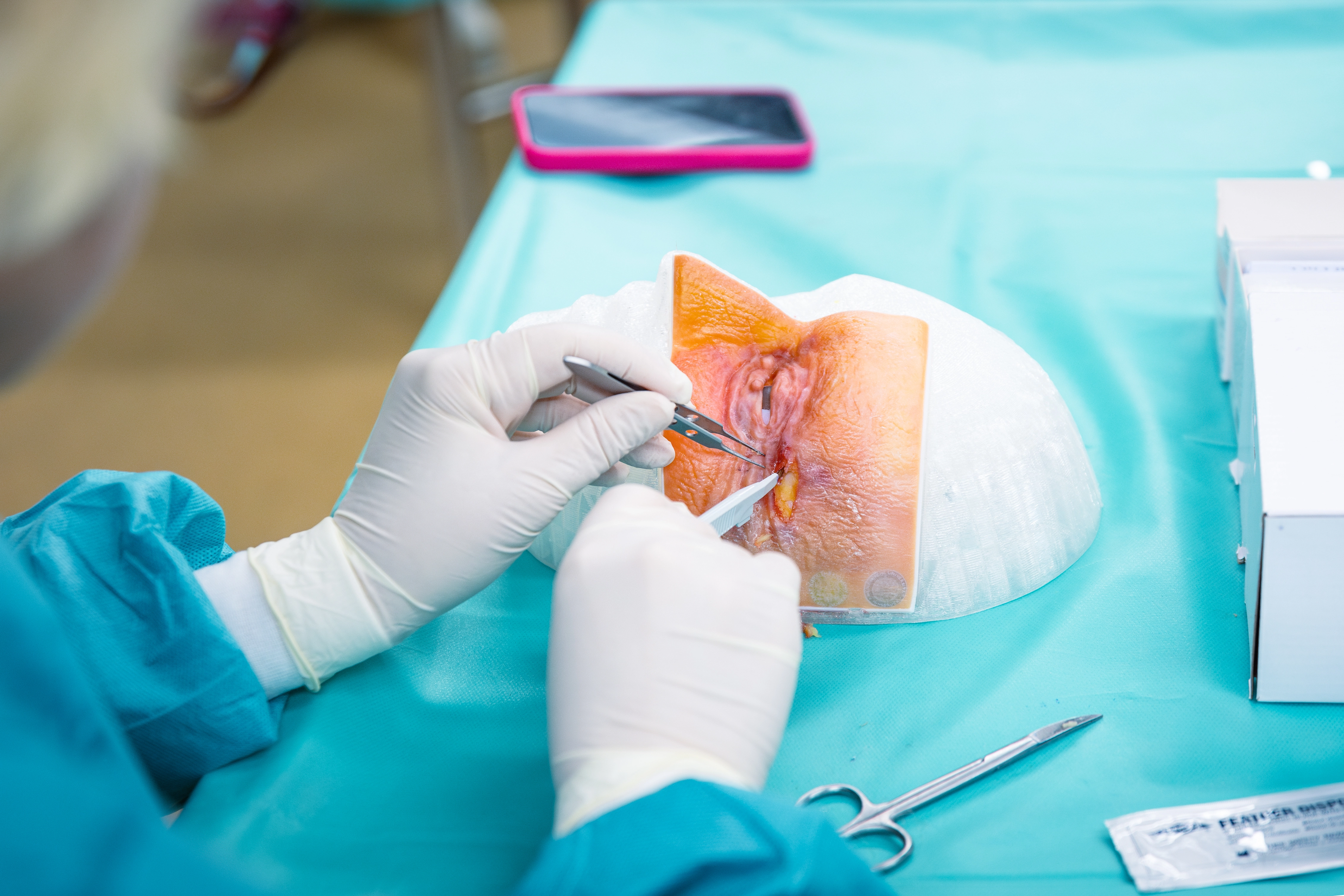At the University of Innsbruck, leaders in plastic and reconstructive surgery are addressing a critical gap in surgical education: the lack of standardized, realistic models for eyelid surgery training. Traditional training has long relied on body donors’ tissue or animal models, which present challenges ranging from limited availability to ethical and cultural constraints. These methods also lack the ability to consistently simulate complex or rare pathologies, leaving trainees underprepared for high-stakes procedures like blepharoplasty, ptosis correction, and tumor resections.
“Body donors are invaluable, but they can’t provide standardized pathologies or realistic tissue behavior due to preservation,” explains Prof. Dr. Marko Konschake, director of the Institute of Clinical and Functional Anatomy. “We needed an additional tool that could bridge the gap between anatomical accuracy and surgical realism.”

Enter Addion GmbH, a pioneer in high-fidelity 3D-printed surgical training models, in collaboration with Stratasys. Together with eyecre.at, the company specializing in the development and distribution of 3D tissues and organs, the team set out to revolutionize the hands-on training experience at the 2025 Lid Summit Tirol, one of Europe’s premier workshops for aesthetic and reconstructive eyelid surgery.
To meet the needs of the Lid Summit Tirol, Addion developed a specialized eyelid model using Stratasys’ advanced J850™ Digital Anatomy™ Printer. Designed to replicate delicate eyelid tissues, skin elasticity, and adipose layers, the model offers unprecedented realism for surgical rehearsal.

The 3-day course brought together 20 surgeons and trainees from across Europe for immersive practice on both body donors and 3D printed eyelid models. With 10 workstations running 8 hours daily, participants performed multiple procedures per day—enhancing their skills through repetition and exposure to simulated pathologies, including tumors and trauma defects.

“The ability to repeatedly practice on a standardized model with realistic tissue behavior is a game changer,” says Prof. Dr. Anton Schwabegger, director of the University Clinic for Plastic, Reconstructive and Aesthetic Surgery. “It improves safety, skill, and confidence before ever stepping into the operating room.”
Feedback from the summit was resounding: the 3D printed models elevated both learning outcomes and learner confidence. Participants praised the tactile realism, lifelike coloration, and ability to simulate complex scenarios rarely encountered in body donor training.
“The models not only complement body donor practice—they add entirely new dimensions,” says Prof. Dr. Konschake. “From advanced flap techniques to retrobulbar anesthesia, trainees could rehearse procedures repeatedly, accelerating their mastery of critical skills.”
Surgeons emphasized that 3D models also address logistical challenges. Unlike body donors, which are limited in supply and require special storage and transport, 3D printed models are portable, scalable, and can be used repeatedly making them ideal for international workshops and remote training environments. Additionally, body donors often present unpredictable variables, which can affect the consistency and quality of surgical training. In contrast, 3D models provide a standardized experience, allowing for more controlled and effective practice sessions.

Stratasys’ J850 Digital Anatomy Printer was at the heart of this breakthrough. Its unique capability to blend multiple photopolymers produces models with precise mechanical, visual, and tactile properties. From soft tissue to bone-like structures, it delivers lifelike simulation unmatched by conventional materials.

For the eyelid models, Addion engineers worked closely with Stratasys to fine-tune material properties, capturing subtle details like skin pliability, muscle tension, and fat pad behavior. The result: a model that behaves strikingly like living tissue when manipulated with surgical tools.
Key Anatomical Features to Simulate

The success of the Lid Summit Tirol points toward a new future for surgical education—one where 3D printed models serve as essential complements to body donor and live-patient training.
“We’re not stopping until every clinic has access to a 3D printing department,” says Hechenberger. “We envision a world where doctors routinely print patient-specific models for both training and procedural planning.”
For the University of Innsbruck, this collaboration marks just the beginning. Faculty plan to expand the use of 3D models into other surgical disciplines, including neurosurgery, otology, and trauma care.
“3D printing is reshaping how we prepare surgeons for the real world,” says Dr. Konschake. “With each innovation, we take another step toward safer, more precise patient care.”
Learn how Stratasys Digital Anatomy™ solutions are transforming surgical training worldwide at our Industry-related area.
